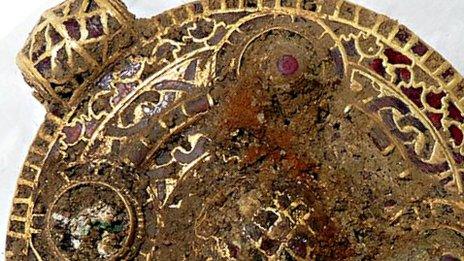Anglo-Saxon 'island' unearthed in Lincolnshire field
- Published
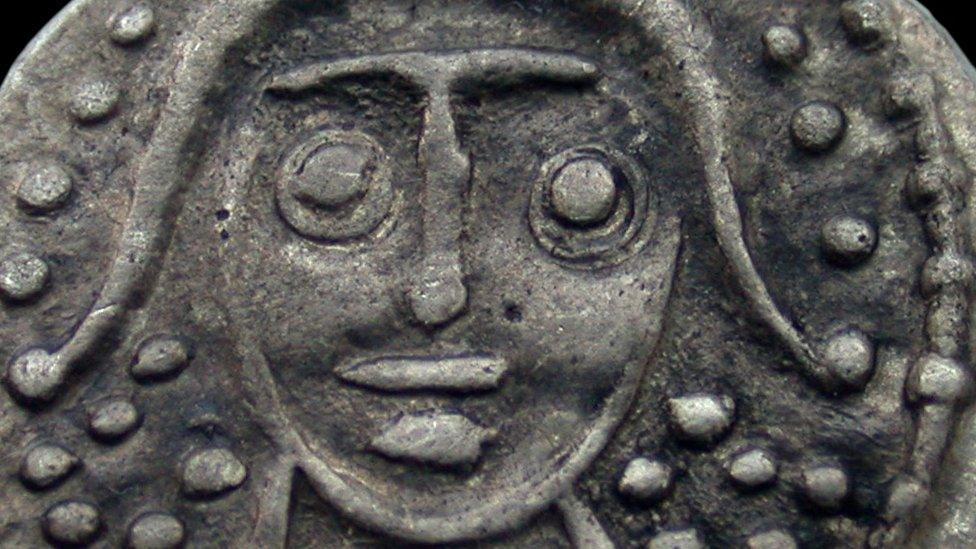
The find unearthed a huge number of Sceattas - coins dating from the 7th and 8th centuries - and a small lead tablet bearing the female Anglo-Saxon name 'Cudberg'
An Anglo-Saxon island has been uncovered in a field in Lincolnshire.
The settlement at Little Carlton near Louth was discovered after local metal detectorist Graham Vickers found a silver writing tool.
University of Sheffield archaeologists have since unearthed 300 dress pins and a large number of Sceatta coins.
The island was once home to a Middle Saxon settlement and dates back to the 7th century.
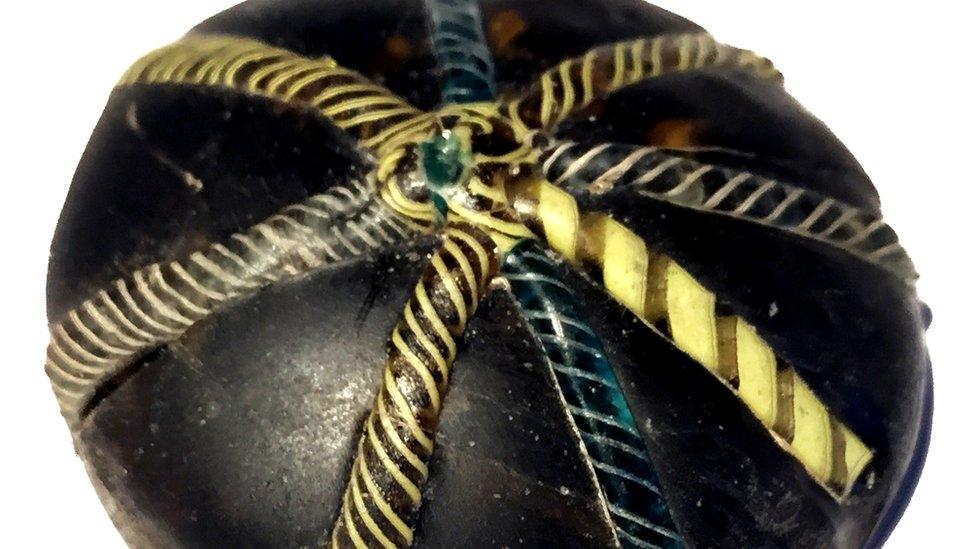
A glass counter decorated with twisted colourful strands was found at the site
Mr Vickers initially reported a silver stylus to the Portable Antiquities Scheme, external, which encourages people to record archaeological objects found in England and Wales.
Twenty more styli from the 8th century have since been found, along with butchered animal bones and a small lead tablet engraved with the female Anglo-Saxon name 'Cudberg'.
Dr Hugh Wilmott from the University of Sheffield's archaeology department said the site was "particularly unusual" because of the items found there.
He said trade weights and other objects suggest the settlement was a "high-status trading site and not an ordinary village".
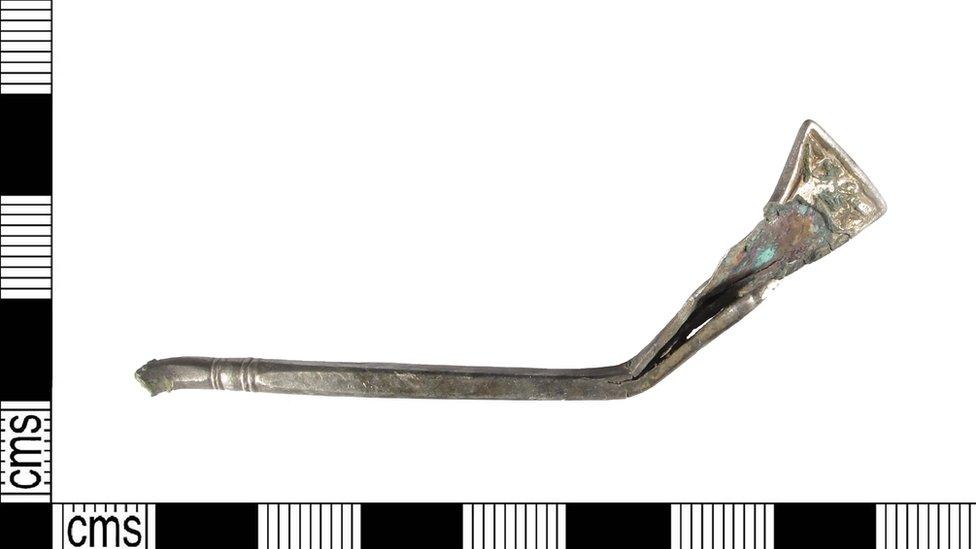
Writing tools and trade weights have been found
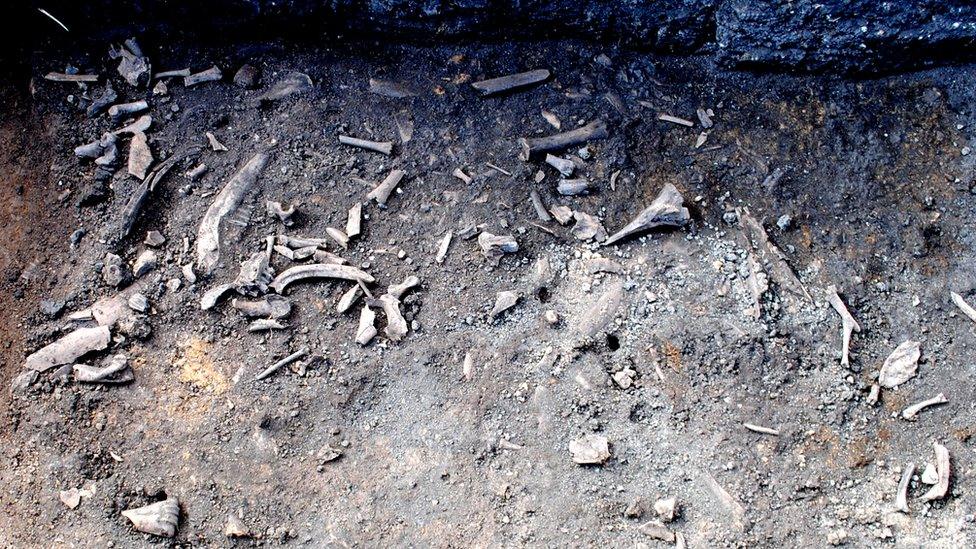
Butchered animal bones and German pottery was found about 12 inches below the ploughed field surface
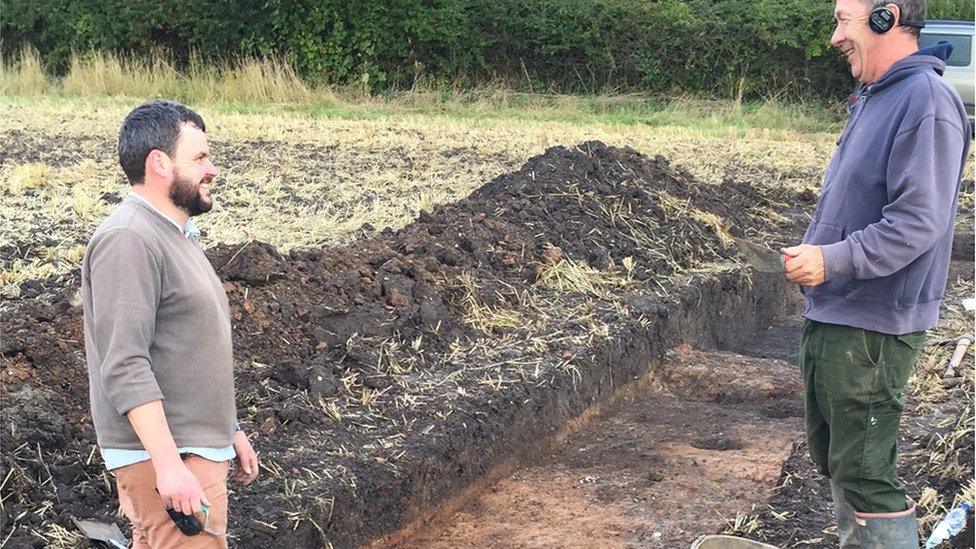
Dr Wilmott (left) said the discovery was only possible because "responsible metal detectorist" Graham Vickers (right) had reported his findings
Geophysical and magnetometry surveys along with 3D modelling enabled the landscape to be visualised on a large scale.
The archaeologists also digitally raised the water level to its early medieval height, and found the land rose from its lower surroundings much more so than today.
Sheffield archaeology students have since opened nine evaluation trenches to reveal "a wealth of information about what life would have been like at the settlement", Dr Wilmott said.
They found significant Middle Saxon pottery, some of which was from Germany.
"Far from being very isolated in the early medieval period, Lincolnshire was actually connected in a much wider world network, with trade spanning the whole of the North Sea," he said.
"This little field in Lincolnshire is part of a connected European trading network."
The findings are "tremendously important" to our knowledge of early medieval times since very few Middle Saxon documents exist, Dr Wilmott said.
A similar site at Flixborough in North Lincolnshire was uncovered in the late 1990s.
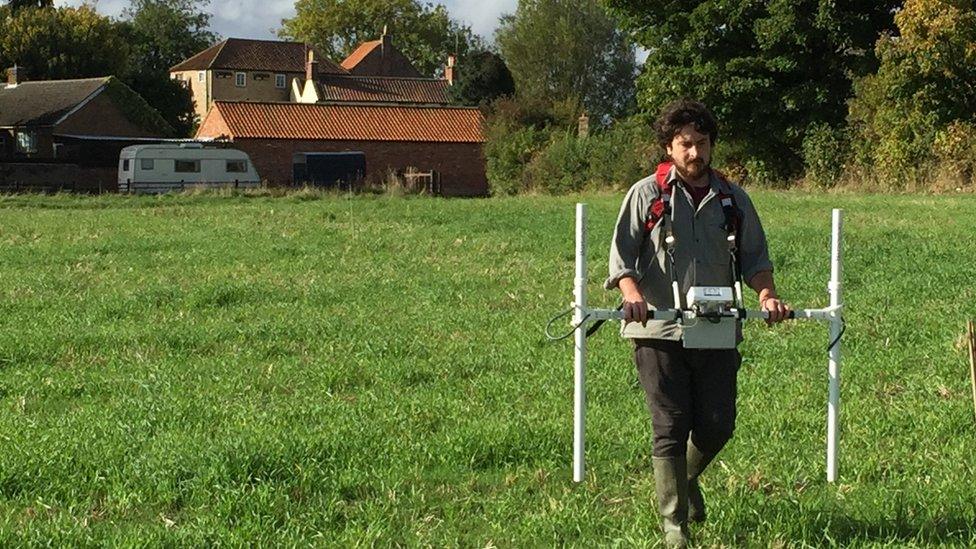
University of Sheffield doctoral student Pete Townend carried out geophysical and magnetometry surveys at the site, and used 3D modelling to visualise the landscape on a large scale

Archaeologists produced a map showing metal scatter in the field at Little Carlton

Students dug trenches to unearth Anglo-Saxon artefacts 12 inches below the surface of the 200 x 250m site
- Published13 February 2016

- Published4 December 2015

- Published19 November 2015
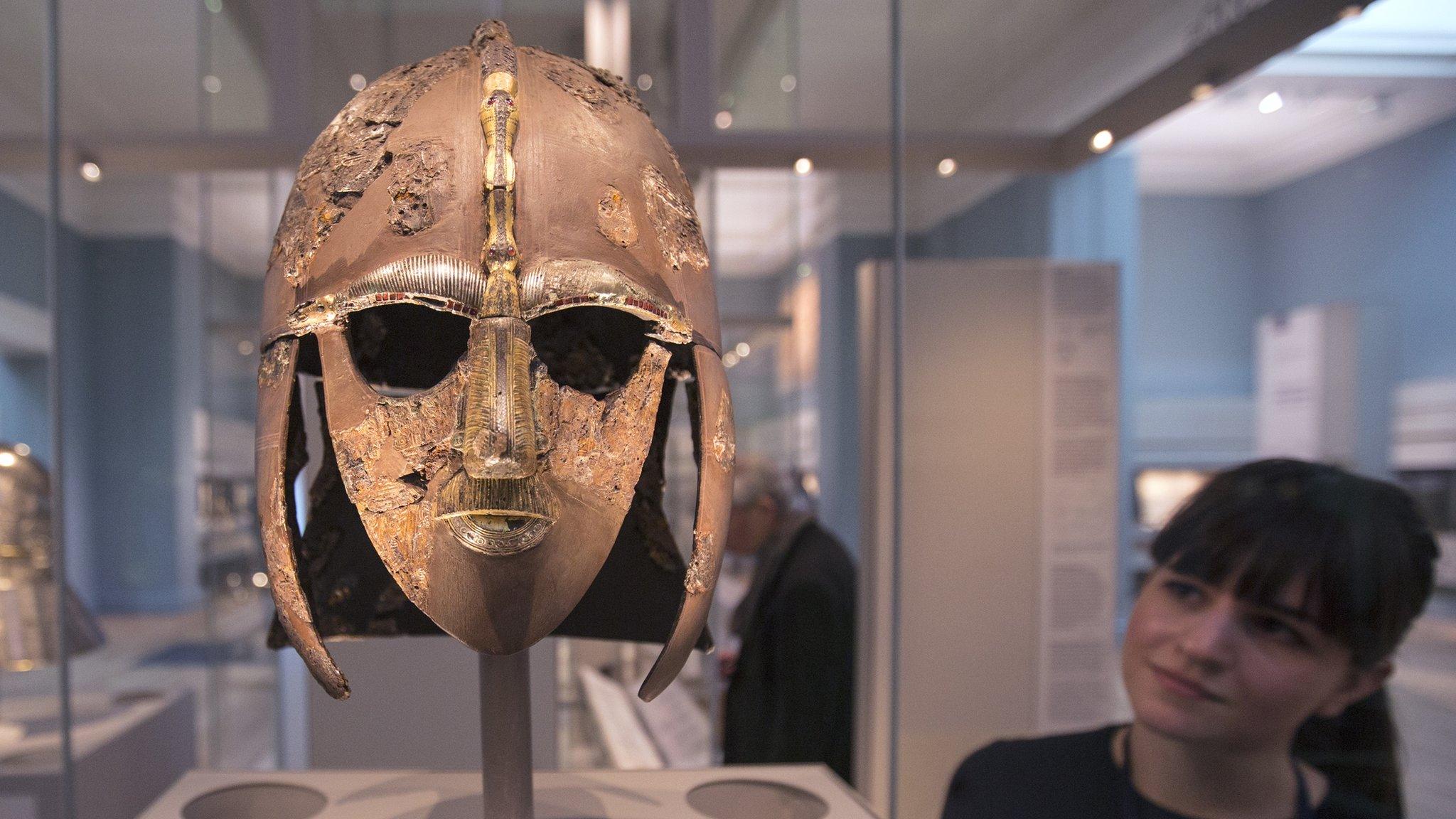
- Published21 October 2015
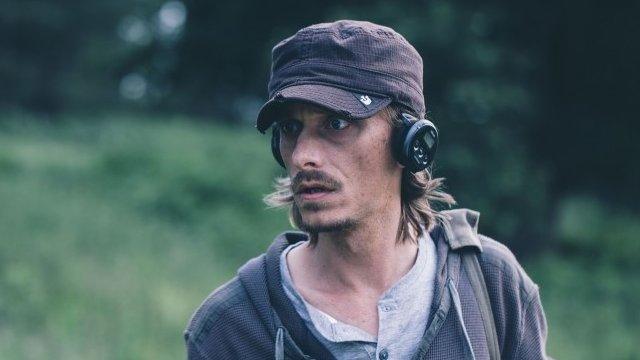
- Published3 October 2015
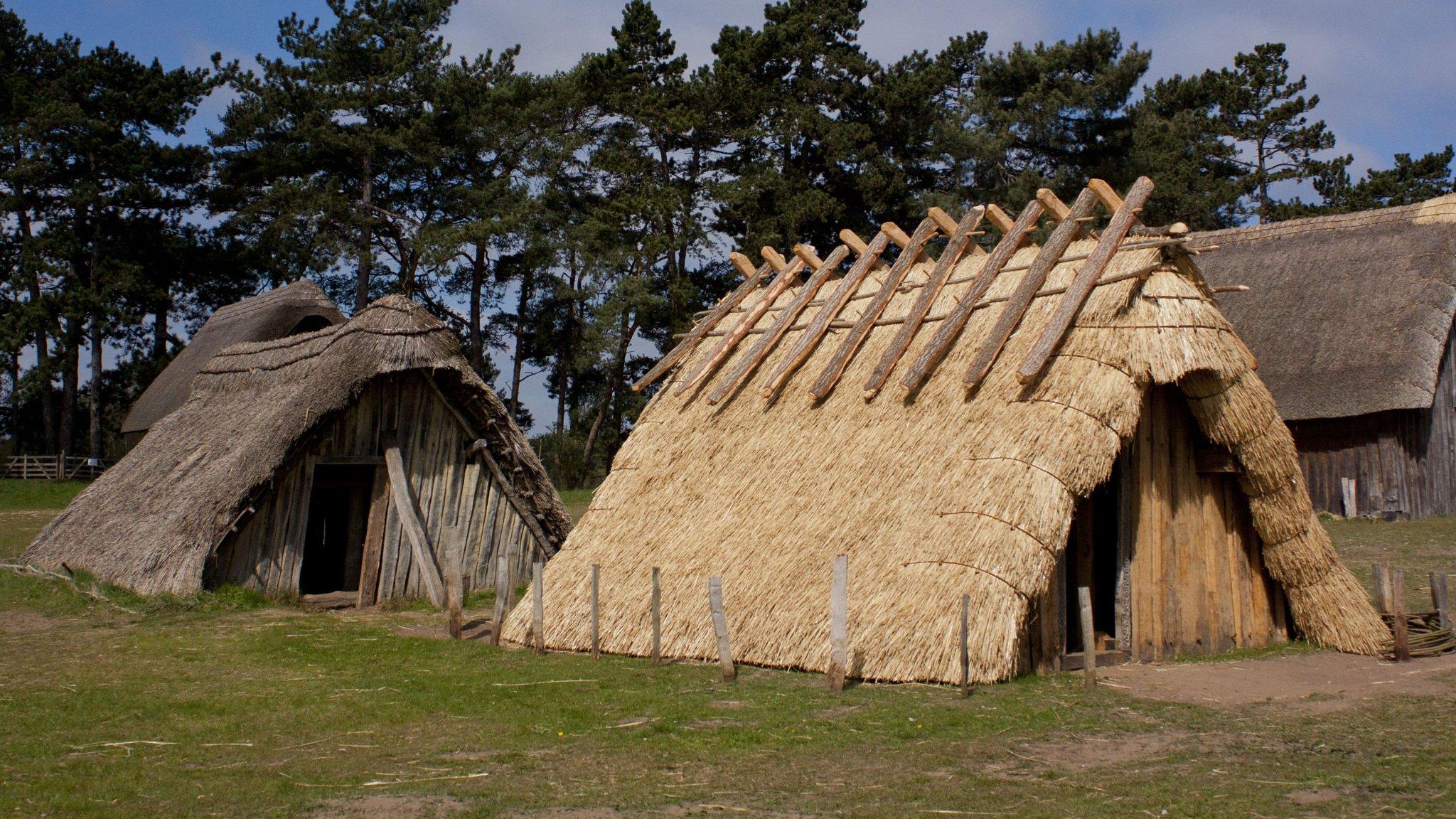
- Published12 July 2015
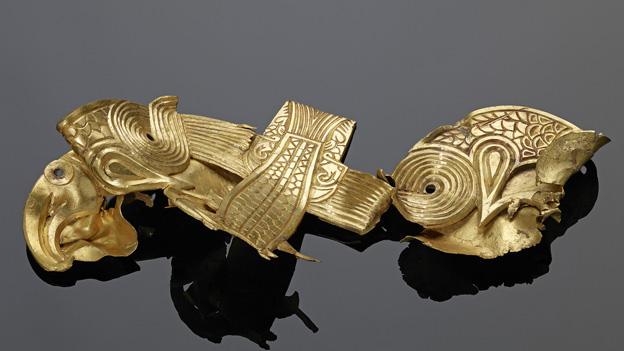
- Published27 February 2015
